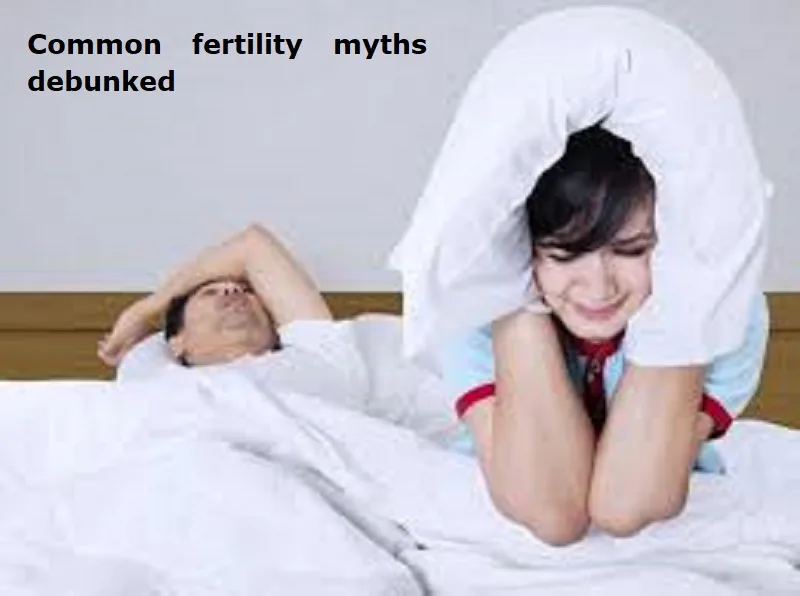
Fertility is the ability to conceive. Unfortunately, there are many myths about fertility that promote misunderstandings, leaving couples unsure of what to believe. Here are some common fertility myths that are debunked with insights backed by science to help you separate fact from fiction.
Myth 1: Only older women face fertility issues
Fact: While ageing does impact fertility due to a decline in the quality and quantity of eggs, younger women are not immune to fertility challenges. Modern lifestyles, characterised by stress, hormonal imbalances, nutrient deficiencies and irregular routines, have led to issues such as Polycystic Ovarian Syndrome (PCOS) and Polycystic Ovarian Disease (PCOD) in younger women. Fertility concerns are not restricted to age alone but are also influenced by overall health and lifestyle choices.
Myth 2: Emotional health has nothing to do with fertility
Fact: Although studies show no direct correlation between stress and conception, emotional well-being is crucial for health fertility. High stress levels can disrupt hormonal balance in women and affect men’s semen quality, including parameters like volume, sperm count and motility. Stress management activities, such as mindfulness and counselling, can support emotional health and improve fertility outcomes.
Also Read: Best ways to improve sexual stamina
Myth 3: Heavy workouts are not meant for women as they decrease fertility
Fact: Moderate exercise is beneficial for overall health and fertility. However, excessive physical activity, such as training for more than four hours a day or maintaining extremely low body fat (common among athletes, ballerinas, and jockeys), can lead to irregular or delayed periods. Finding a balanced fitness routine is key to maintaining reproductive health.
Myth 4: Having frequent sex increases fertility
Fact: While regular intercourse during a woman’s fertile window boosts the chances of conception, excessive or overly frequent sex can lower sperm count in men. The timing of intercourse is more critical than its frequency. A woman is most likely to conceive during the three to four days surrounding ovulation when the egg is released. Beyond this window, sexual activity is more about intimacy and connection than conception.

Post Your Comments